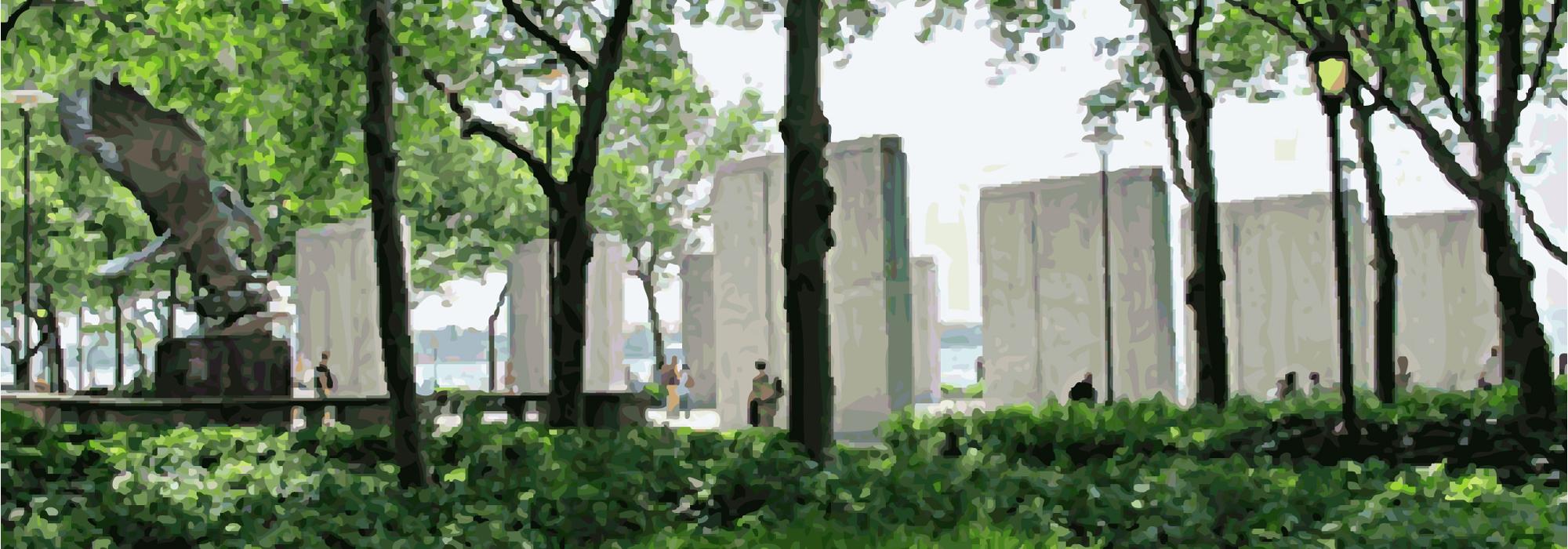It Takes One: Warrie Price
I am a civic servant who has been involved in non profit/government work throughout my professional life.
In 1994, I founded The Battery Conservancy to rebuild and revitalize the historic Battery, the twenty-three acre park at the tip of Manhattan, New York, and to bring back to dynamic use the park’s national monument, Castle Clinton. With a great board of directors and inspired government partners, we have raised over $62 million to fulfill these goals over the past twelve years.
How would you define a cultural landscape?
A cultural landscape is one that has been or will become a part of the daily life and the life-long memories of the people who traverse it.
Why did you get involved in the landscape that was threatened in your community?
The existence of the Battery was never threatened in its designation as parkland, but its cultural life was truly threatened because it had been neglected for so long. It had been rebuilt over 50 years ago and then left to wither. It was downtrodden and used mostly as a pass through to more sought-after destinations like the statue of Liberty and Ellis Island.
I was asked by Betsy Barlow Rogers, founder of the Central Park Conservancy, to create a non profit for the Battery in a similar model. A master plan for rebuilding the Battery had been drafted and had passed public review, but was just sitting on the shelf waiting for a civic engine to push it along. With Betsy’s leadership and guidance I began to work.
I loved the waterfronts of New York and felt that, in the next twenty years, they would be the new open spaces that the city so desperately needs. The Battery is where the City began and it could lead the way in great design and innovation for other waterfronts and water views to follow.
How did your understanding of this landscape change as a result of your advocacy efforts?
In the mid-80s, the planning team of Ehrenkrantz and Eckstut with pioneering historic preservation landscape architect Philip Winslow created a master plan for the Battery. Sadly Winslow passed away before we began our efforts to implement his inspired designs in 1994. We were challenged to proceed with only his drawings to guide us, but his team understood the purpose of the master plan was to define the design principles which would lead to the redevelopment of these historic twenty-three acres. They gave the park its programmatic foundation with its pathways, public assembly and recreational spaces all working in balance with the needs of the park’s millions of annual visitors.
Our understanding of the Battery landscape started with this Master Plan. Over the next twelve years we adapted new design ideas such as a bikeway, the extensive gardens, food kiosks and a large play fountain which were all in keeping with the programmatic functions but were not defined in the master plan.
Through our advocacy and the ability to work with exceptional landscape architecture and design professionals, such as Laurie Olin, Laura Starr, Piet Oudolf and the great architectural firm of weisz + yoes, along with our partners at the New York City Park Department, especially head of planning Josh Laird, we have expanded greatly on the intent of the master planners. I feel they would be proud that they gave us the structure and a road map that led the way to where we are today.
Did the understanding of others change as well? If so, how?
The community was glad that something was finally happening to this unappreciated and undervalued Downtown asset that everyone was supportive. And now with a real body of work completed — the waterfront frontage has all been rebuilt — we are getting a new constituency to care, to work along side our gardeners on our Tuesday volunteer days, and to contribute to the ongoing maintenance of this beautiful space shared by tourists, residents and commuters alike.
What is the message that you would like to give our readers that may inspire them to make a difference?
All public space must be understood and valued before it can be rebuilt. One must truly listen to its unique cultural voice and let each landscape’s own character lead you in your efforts to reenergize and revive, to embrace the potential, the lost beauty and the history of the land we care about. With your vision and hope, you can begin to change the perception of a landscape first and then the reality. Never give up.!!!







